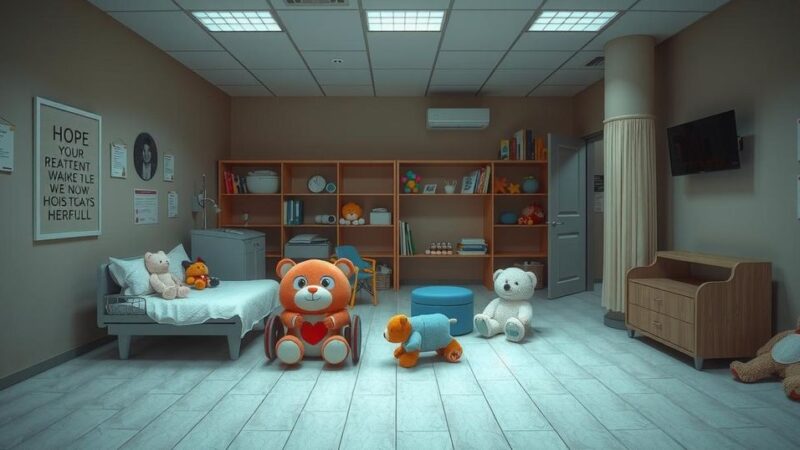The conflict in the eastern Democratic Republic of Congo, particularly in Goma, centers around the M23 rebel group, which has emerged amid ongoing ethnic tensions and competition for mineral resources. With historical ties to Rwanda and accusations of external support for the rebels, the region continues to face significant instability, complicated by a lack of adherence to peace agreements and the presence of armed factions. This has resulted in a dire humanitarian situation with threats to both national and regional security.
The east of the Democratic Republic of Congo (DRC) has endured conflict for over three decades, largely stemming from the aftermath of the 1994 Rwandan genocide. Many armed factions have vied for control of the region’s significant mineral resources, leading to widespread instability. This chaos has extended to neighboring countries, resulting in substantial loss of life during the tumultuous period of the 1990s, often referred to as Africa’s World Wars.
Currently, the M23 rebel group has aggressively advanced into Goma, a strategic city with a population exceeding one million. Located on the Rwandan border and along Lake Kivu, Goma serves as a crucial hub for trade and transportation, particularly for valuable minerals like gold, tin, and coltan. While the rebels claim they have taken control of Goma, the Congolese government asserts that its forces maintain control over critical locations.
The M23, primarily composed of ethnic Tutsis, asserts that they have engaged in combat to protect the rights of their minority group. They reference previous peace agreements, particularly one dated March 23, 2009, which have allegedly not been honored. After seizing Goma in 2012, the M23 faced international condemnation and accusations of human rights abuses, which ultimately led to their expulsion from the region.
Rwanda’s involvement in the conflict has been contentious. While the Rwandan government has historically denied supporting the M23, United Nations experts have consistently implicated them in providing military assistance. Reports indicate the presence of Rwandan troops supporting the M23, with the Rwandan government recently stating that the conflict poses a serious threat to its own security.
The roots of the current violence can be traced to the Rwandan genocide, during which approximately 800,000 predominantly Tutsi individuals were killed. Following the genocide, many Hutus fled into what is now the DRC, exacerbating ethnic tensions, including fears among the marginalized Tutsi group known as the Banyamulenge. Rwanda has intervened militarily multiple times, citing the need to neutralize threats from Hutu groups like the FDLR, which remain active within eastern DRC.
Rwanda views the FDLR as a genocidal militancy that poses a danger to its stability as well as to Tutsi populations in the DRC’s east. While the Rwandan government accuses Congolese officials of colluding with the FDLR, the DRC government refutes these claims. Rwanda’s involvement in DRC is likely to persist until it resolves its security concerns regarding the FDLR and ensures the protection of Tutsi communities in the area.
The ongoing conflict in the Democratic Republic of Congo’s eastern region, particularly in Goma, is deeply rooted in historical ethnic tensions exacerbated by external influences, notably from Rwanda. The M23 rebel group, driven by claims of protecting Tutsi rights, has revived hostilities that threaten regional stability. The complexities of inter-ethnic relations and accusations of foreign intervention underline the persistent instability in this mineral-rich but conflict-ridden area.
Original Source: www.bbc.co.uk






